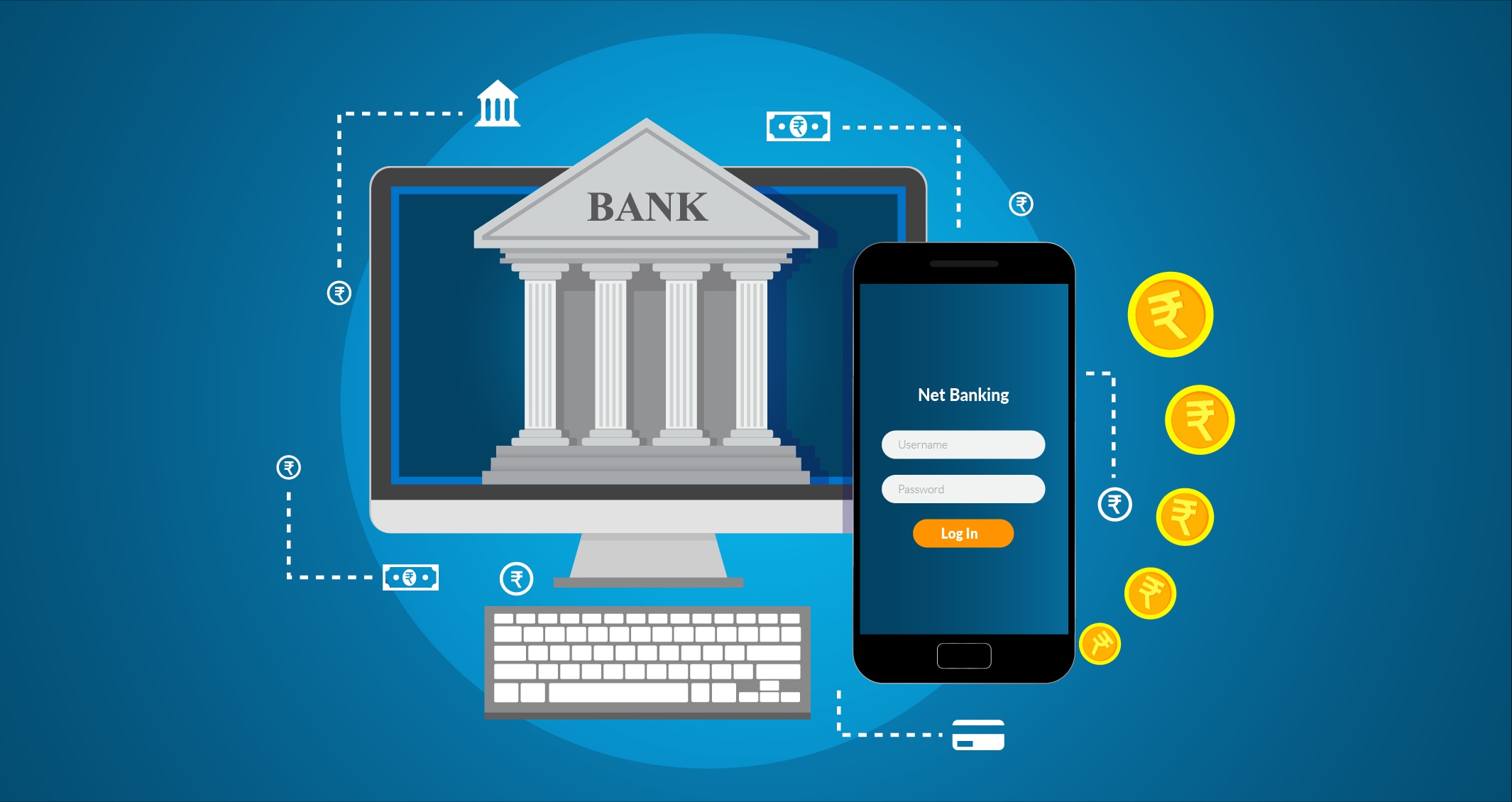5 Things You Need to Know About Digital Banking

One of the best things about being a millennial or a gen Z is that you get to witness and be in the midst of all the astounding technological advances as they take place, in real-time. From buttoned and wired telephones morphing into touchscreen, 5G-enabled handheld devices. All the way to being a part of a highly intelligent species probing and exploring outer space, everything transpired in a time period so short that it almost seems like it happened overnight.
This remains true for market segments like banking and finance too. Gone are the days when people had to walk up to their bank’s nearest branch just to make one simple fund transfer. Now, everything, from making investments to withdrawing money from your account, is just one touch away. Banking establishments have welcomed digitisation with open arms, making their customers’ lives much easier. People don’t need to waste valuable hours of their existence just standing in a queue, waiting for their turn to avail of a financial service. Neither do they have to keep track of every bill and receipt, nor maintain a financial journal, merely to keep track of their spending habits and total accumulated assets. They just have to enter their credentials and log in to their account to get all their monetary needs and requirements addressed within a matter of minutes. Those who possess digital bank accounts will agree that it is indeed that easy. Keep reading through this article, as it effectively debunks all the myths and misconceptions about digital banking, while weighing the pros and cons in a justly manner.
Digital Banking: What is it exactly?
In terms of the dictionary definition of the term, digital banking refers to all the transactions and operational processes done online through deploying a digital platform. This may include simple tasks like transferring funds, processing a cheque, demand drafts, and so much more. With this new-age method of dealing with all things money, banking bodies and their customers are liberated from the hassles of taking time out of their busy schedules to visit the bank branch and meet their financial requirements. They can do everything money-related while on the go by simply pulling out their smartphone.
5 Things to Know About Digital Banking
1. Convenience of fund transfer
One of the most hailed-about things that digitisation in banking has made possible remains to be the unparalleled convenience enjoyed by users whilst transferring money. Online accountholders can pull out their internet-connected smart devices, log on to their bank’s website or application, and send funds to anyone, anywhere. There’s no need to physically stop by your bank to submit a cheque or demand draft. You can transfer capital with great ease, using payment methods like National Electronic Fund Transfer (NEFT), Immediate Payment Service (IMPS), Real-Time Gross Settlement (RTGS), etc. What’s more, in urgent situations in the wee hours of the day, you don’t have to wait until the bank opens again, to send/receive capital or withdraw money from your account. Not anymore.
2. Bill payments
Let’s face it. Being alive is an expensive affair. You constantly have to pay bills, be it for food, electricity, gas, loan and credit repayments, and more. Thus, it would have been nearly impossible to keep up the pace and consistency, if, for every payment, you had to physically visit the bank. That’s another aspect of our lives made easier by digitisation. Now, through the boon of online payment gateways, every digital accountholder is empowered to pay their bills with great convenience, whenever and wherever the need arises.
3. Ease of investment
Investing and compounding your money is as easy as ever, all thanks to digital banking. You can start a fixed deposit scheme by opening an account and parking your savings, all in a matter of mere minutes. What’s more, starting a mutual fund, purchasing tax-deductible insurance policies, and even venturing into the world of stocks and cryptocurrencies, if you dare, is just a few clicks and screen swipes away!
4. Internet dependency
With all that being said, let’s also discuss some downsides that come with the increased adoption of digital processes, shall we? One major thing that you can’t help but ignore is that all these conveniences become null and void in the absence of a stable internet connection. Say your bank’s servers are temporarily down, or you’re making a very important fund transfer and the quality of your internet connection suddenly diminishes. In this case it might pave way to multiple problems that you wouldn’t have to face if the process wasn’t so dependent on unpredictable digital variables.
5. Prevalence of cyber scams
No matter how many advances take place, things will never achieve perfection. Led by malevolent intentions, more and more cybercriminals are finding ways to breach security systems, lure in innocent victims, and commit financial frauds. The number of online scams being viciously yet ingeniously executed is staggering and always on the rise, leading the common man to question the security of his assets, now that everything is being moved to the highly treacherous world of the online.
So, now that you’ve been exposed to the good, the bad, and the ugly face of banking digitisation, what are your thoughts about the same? Are you someone who now wants to finally go ahead with opening an online banking account? Or are you someone on the other end of the spectrum, threatened by the sheer number of crimes being committed using digital methods?
If you belong to the latter category, then don’t be scared! You can effectively enjoy the benefits of online banking without having your finances suffer if and when, God forbid, cyber-attacks happen! All you have to do is purchase a comprehensive, cyber security insurance that protects your assets in case of such unforeseen misfortunes. Be sure to check out the Bajaj Markets platform to know more about such indispensable covers today!
